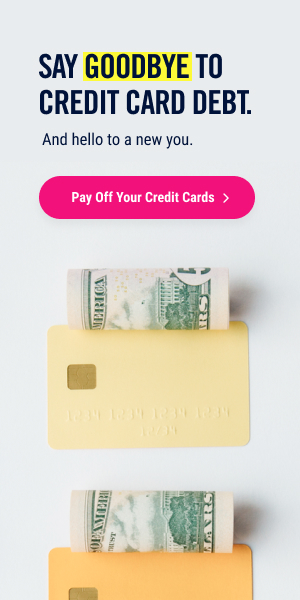Want to buy a house but not sure how to handle the down payment situation? Here are some suggestions.
With the Federal Reserve raising its key interest rate late last year, people all over the country found themselves scrambling to cobble together a down payment before the increase. Now that rumors have begun circulating about another increase, buyers are again saving up for a down payment.
For first time buyers, this can be a stressful and confusing time. Buying a home is the first major financial milestone for many, and it comes with a host of questions and potential problems that can seem intimidating to the uninitiated. Those questions will be answered in time, but for green buyers, there’s one topic that needs to be addressed first: saving for a down payment.
Types of Down Payments
The golden rule of down payments is to save 20%.
A down payment of 20% will allow for the best rates and make you more appealing to lenders. But the challenge of saving that much can be overwhelming, especially to millennials and other first-time home buyers. Thankfully, there are options allowing for a smaller down payment.
The Federal Housing Authority has a program that allows people buying their first home to get a mortgage with only 3.5% down. Fannie Mae and Freddie Mac, mortgage companies sponsored by the federal government, recently started offering 3% down payments.
If you’re a veteran or current member of the military, you may be eligible for a mortgage with no down payment required. You can contact the VA directly for more questions or Navy Federal Credit Union, a private lender that offers these mortgages to members who qualify.
The US Department of Agriculture also offers mortgages with no down payments for those willing to live in rural or semi-rural areas.
How Much to Save
The downside to these 3.5% down payments is that you’ll likely have to pay private mortgage insurance every month until you reach 20% equity in your home.
Annual PMI payments usually cost between 0.5% and 1% of the total loan amount. Paying PMI is like paying interest on your mortgage, but without the benefit of deducting it on your taxes. Unfortunately, the only way to avoid PMI is to put 20% down.
Having a large down payment can make you eligible for a larger mortgage loan and a better interest rate. But it can take years to save up 20%, and for many people a 3% down payment is a much more realistic option. For example, if you’re interested in a $200,000 house, a 20% down payment will cost $40,000. But a 3% loan will only cost $6,000. Huge difference right?
No one can tell you what kind of mortgage to go for. If it will take you six years to save 20%, it may be worth it to put 3% down and start building equity in your home. But if you want to get the best interest rate right away, waiting is probably a better option.
How to Save
Once you’ve figured out how much you need, it’s time to examine your options for saving. One of the most common and effective methods is to set up automatic transfers from your bank account or your paycheck to a separate savings account. Typically these transfers are based on a percentage of your paycheck or a specific dollar amount each month.
For example, if you need to save $10,000 and estimate that you can do so comfortably in 18 months, set up monthly transfers of $555.55. Then, in 18 months when you’re ready to buy a house, transfer that $10,000 out of your savings account.
Buying your first house can be intimidating, but there are plenty of ways to break things up into manageable tasks. Once you’re on the right track to saving for a down payment, you’ll feel better prepared to tackle the next steps in the process. Much like the building stage, buying a home starts with a solid foundation – make sure yours is strong.
Written by Zina Kumok, who blogs at Debt Free After Three


